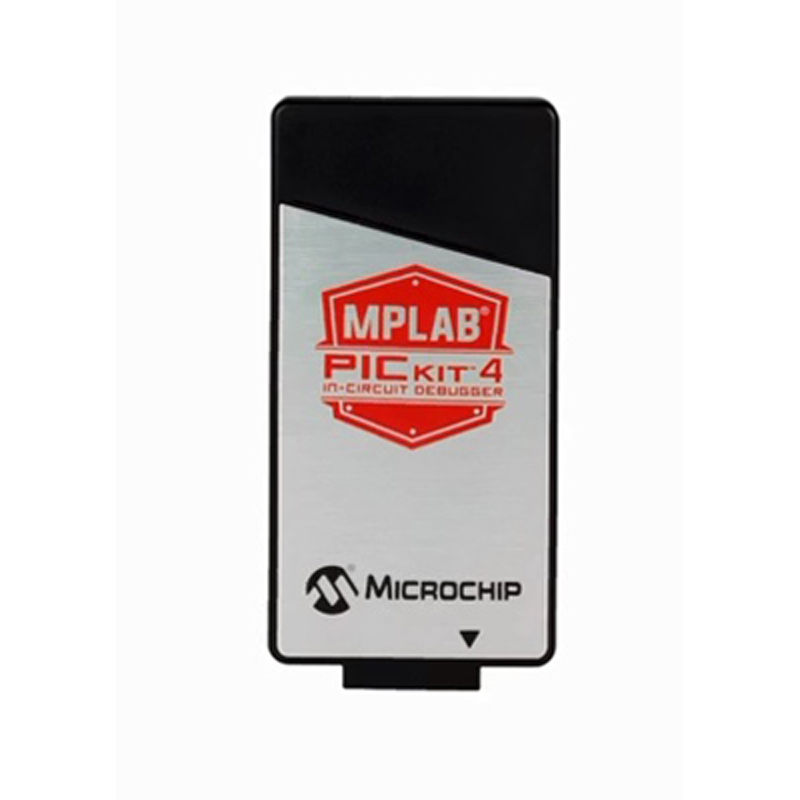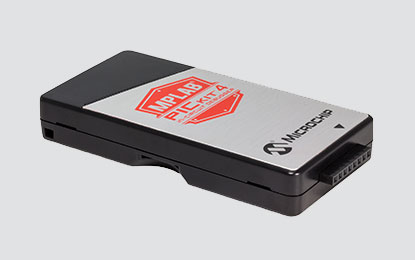
The board is decently small at 40 x 15 millimeters, but could be a bit smaller. Here are some 3D renderings of what the board will look like: Having said that, here are some photos of the PCB layers: If I intended to make these for long term use, I would have spent some time laying it out properly. It is a quick and dirty that I am using as a proof of concept. Since my ultimate goal with this project is to simply include these parts on my prototype development boards so that I can program and debug with an on-board device, I did not spend a lot of time routing the board. VPP_SENSE and VDD_SENSE are simply fed to the PIC by way of voltage dividers, as is the 2.5 volt reference at pin 16.Īs it appeared I had everything I needed, I went about laying out the PCB. For instance – the OTG programming switch would normally be on pin 21, but instead it is simply pulled high as there is no switch to pull it low. This circuit looks to be the same basic underlying Pickit 3 circuit, but with some “faking” of inputs to mimic missing circuitry. Above that are a couple of voltage dividers that mimic the programming and target mcu voltages, and above that are the target MCU clock and Data lines. To the right of that is a transistor that controls the target MCU master-clear line. Just above that and to the right is the target MCU programming header. Working our way down we see the main MCU the PIC24FJ256GB106 – and it’s programming header to the left, and below that is the USB Mini-B connector and the 3.3V regulator. In the top left of the schematic is the 25LC256 EEPROM.

MPLAB PICKIT 3 PDF
Here is a link to a PDF of the schematic: PDF Schematic Knowing this – I decided to see what I could do to remove the circuitry I didn’t need, yet still have a functioning programmer/debugger.Īfter a little research and looking at what Microchip had done with their starter kits, I arrived at the following schematic, which is based on their Pickit On-Board:

I also have no real need for programming on the go, or even to provide power to the target MCU to program. For instance – I primarily use the newer 3.3V PIC32 processors, so I really don’t need the ability to alter the voltage like the standard Pickit 3 can. It works well, but I have often wondered just how little of its circuitry was needed to program and debug the boards I make.

Previously, I made a Pickit 3 clone – (See previous Blog Post).


 0 kommentar(er)
0 kommentar(er)
